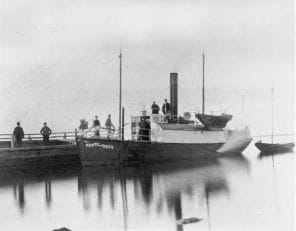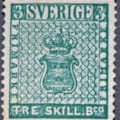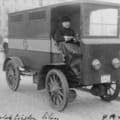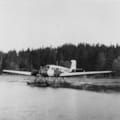By water
Initially, the many islands comprising the country of Denmark made it difficult to establish a reliable postal service to all areas.
Some of the many ferry lines operated regularly, others sporadically. By the late 18th century, the Danish postal service basically had full control over all ferry lines. By the mid-19th century, all Danish vessels were required to transport post free-of-charge if requested to do so by postal authorities.
The first steamboat 1808
The route over Stora Bält (Great Belt) was of particular importance to the infrastructure. The first steamboat travelled this route in 1808 and by the mid-1800s mail was being sorted on-board the steamboats.
Sweden was also early to use its waterways (e.g. Lake Mälaren) for domestic post. However, steamboats were not used until the 1840s and the first steamboat sub post offices were introduced in 1869. Steam allowed transports to be made more quickly and more often, and many private initiatives were taken to further increase transport frequency.
Boat transportation still important
Today, a great deal of Swedish mail is transported by boat – in the Swedish archipelago, for instance. In Denmark the amount of post transported via water is slowly increasing, for reasons that include avoiding air transport for shorter distances.







